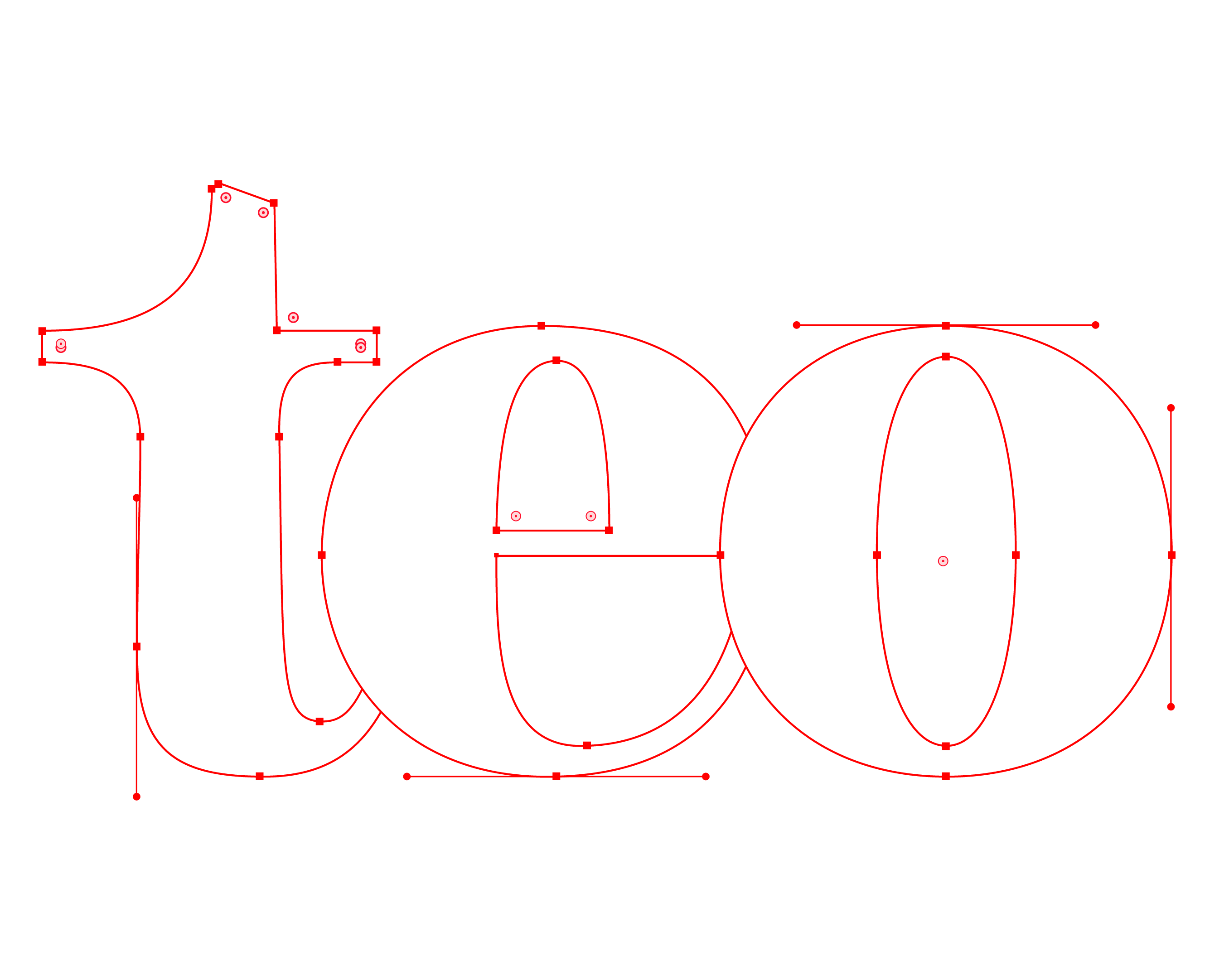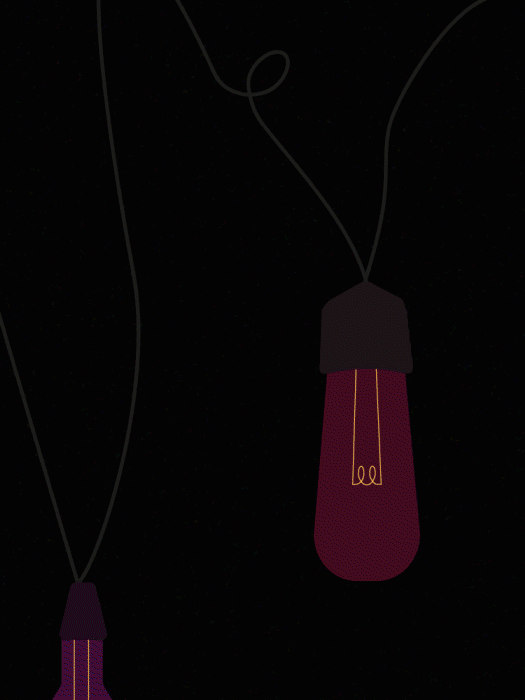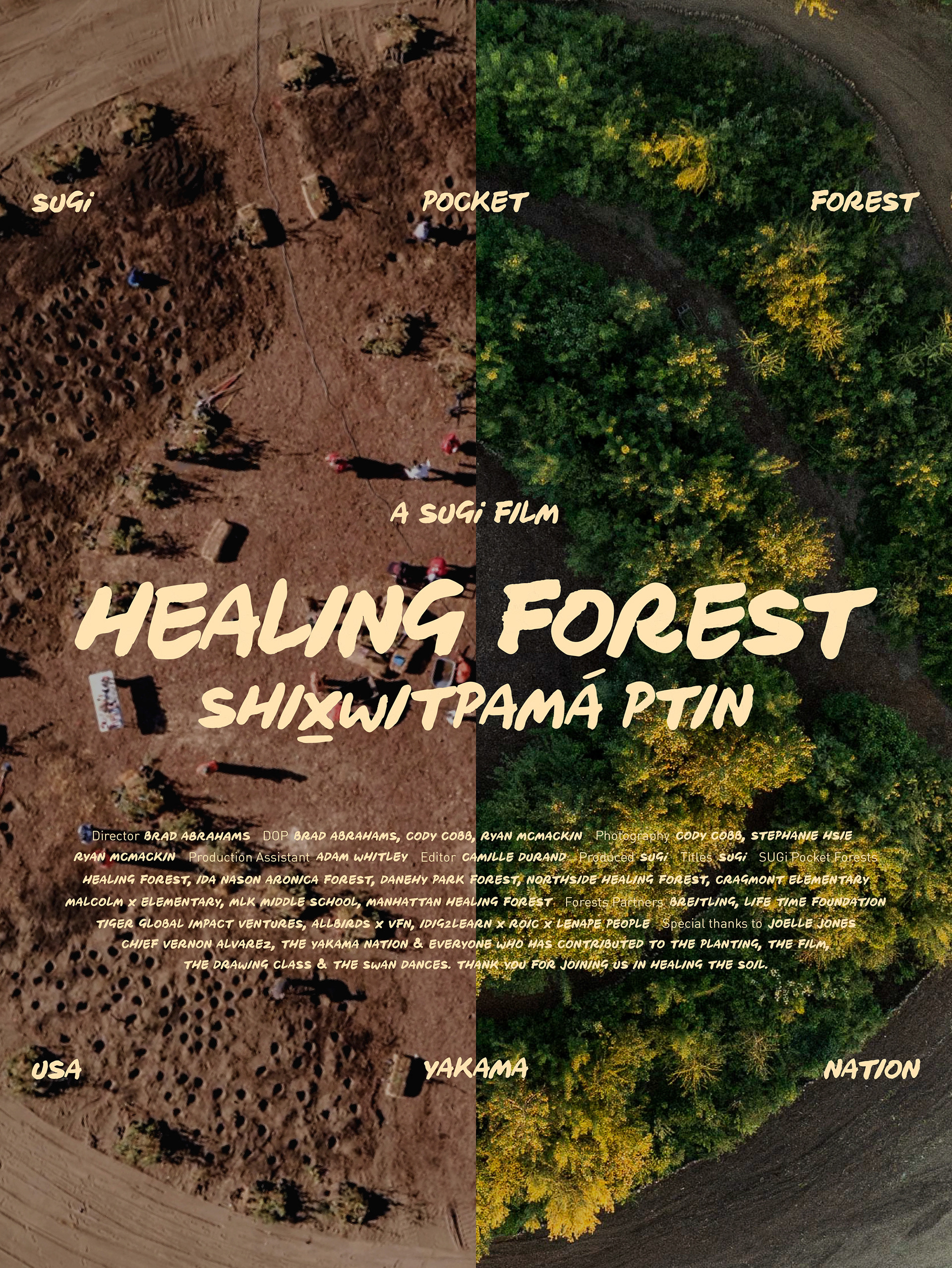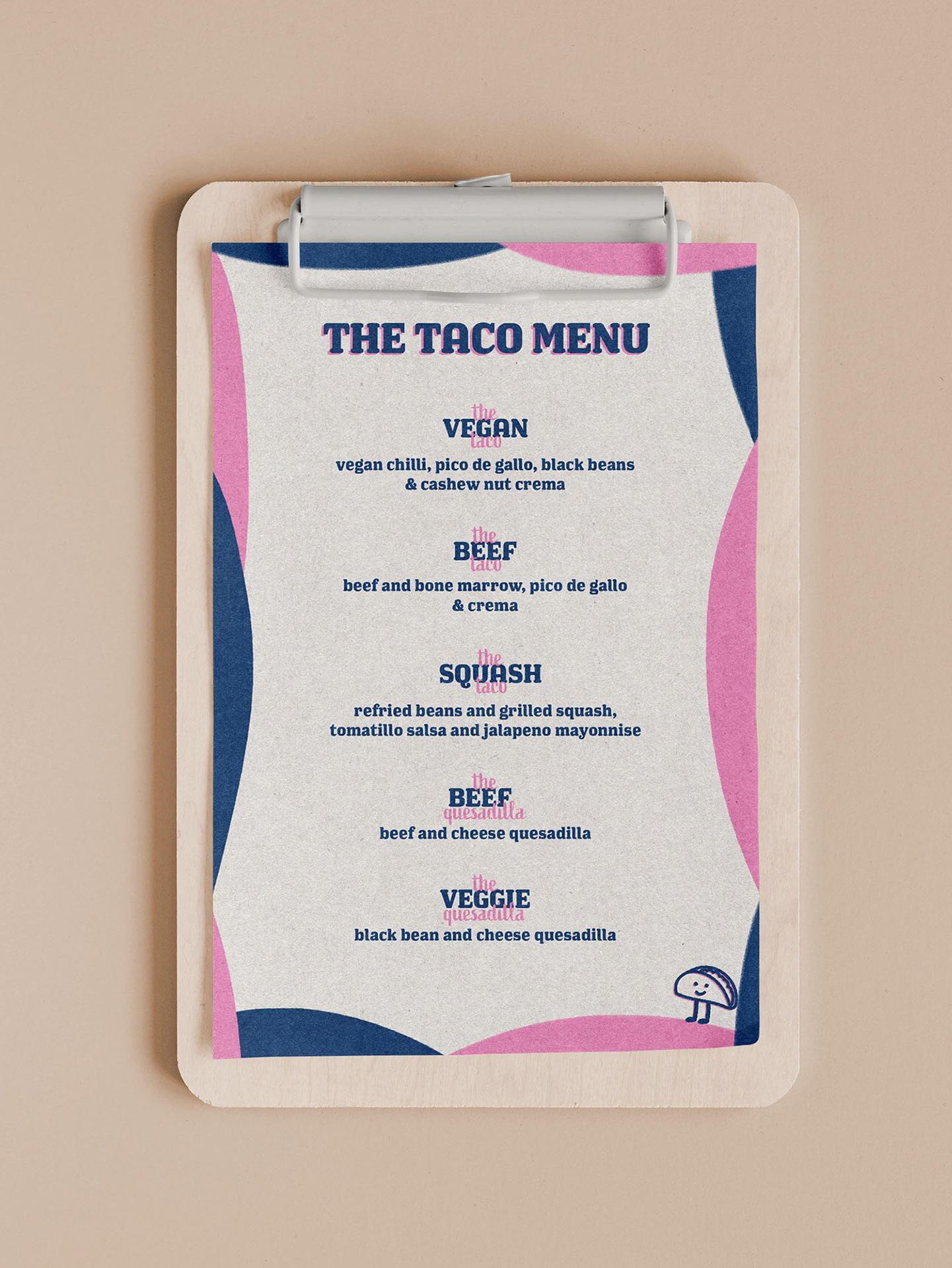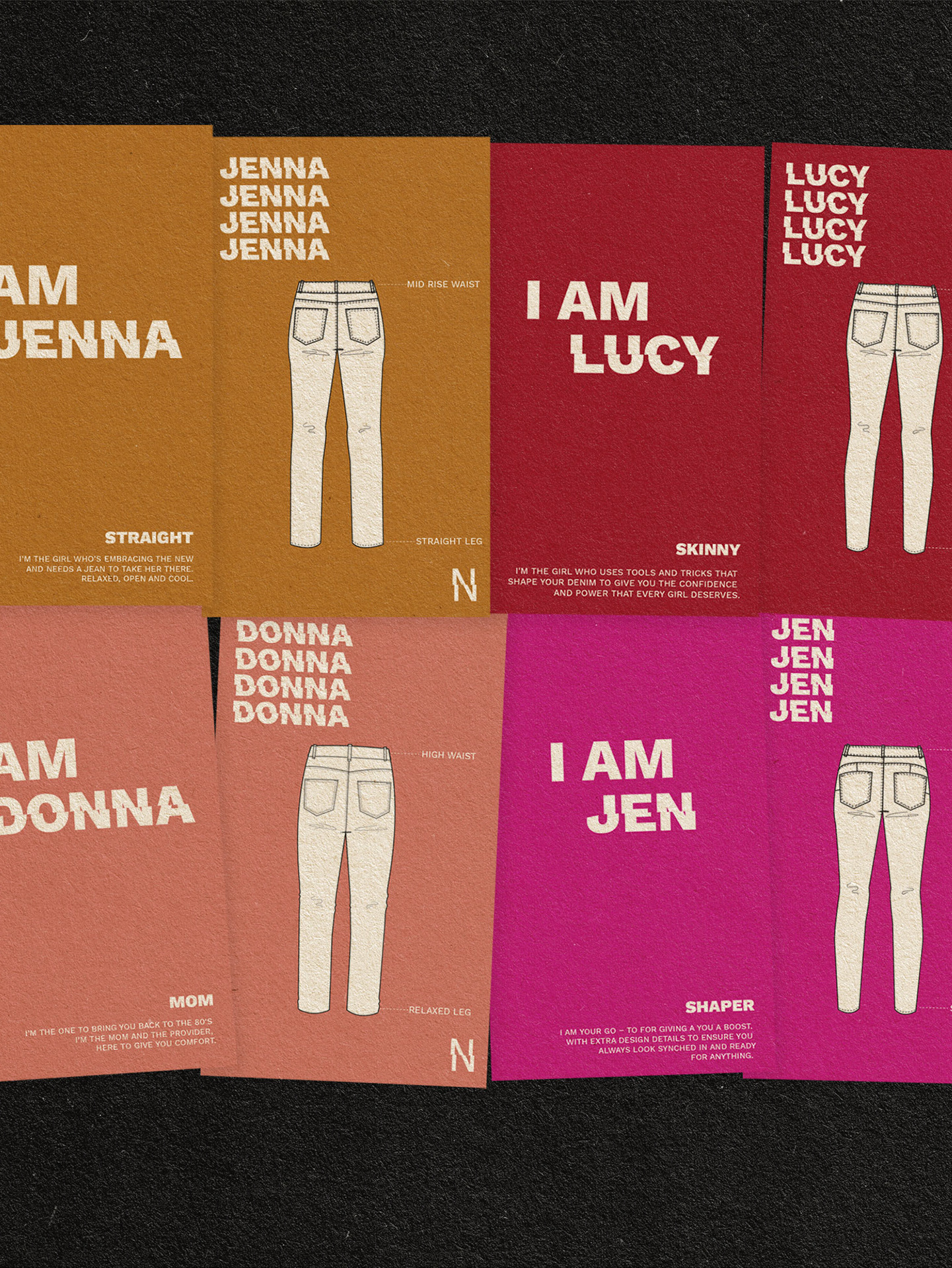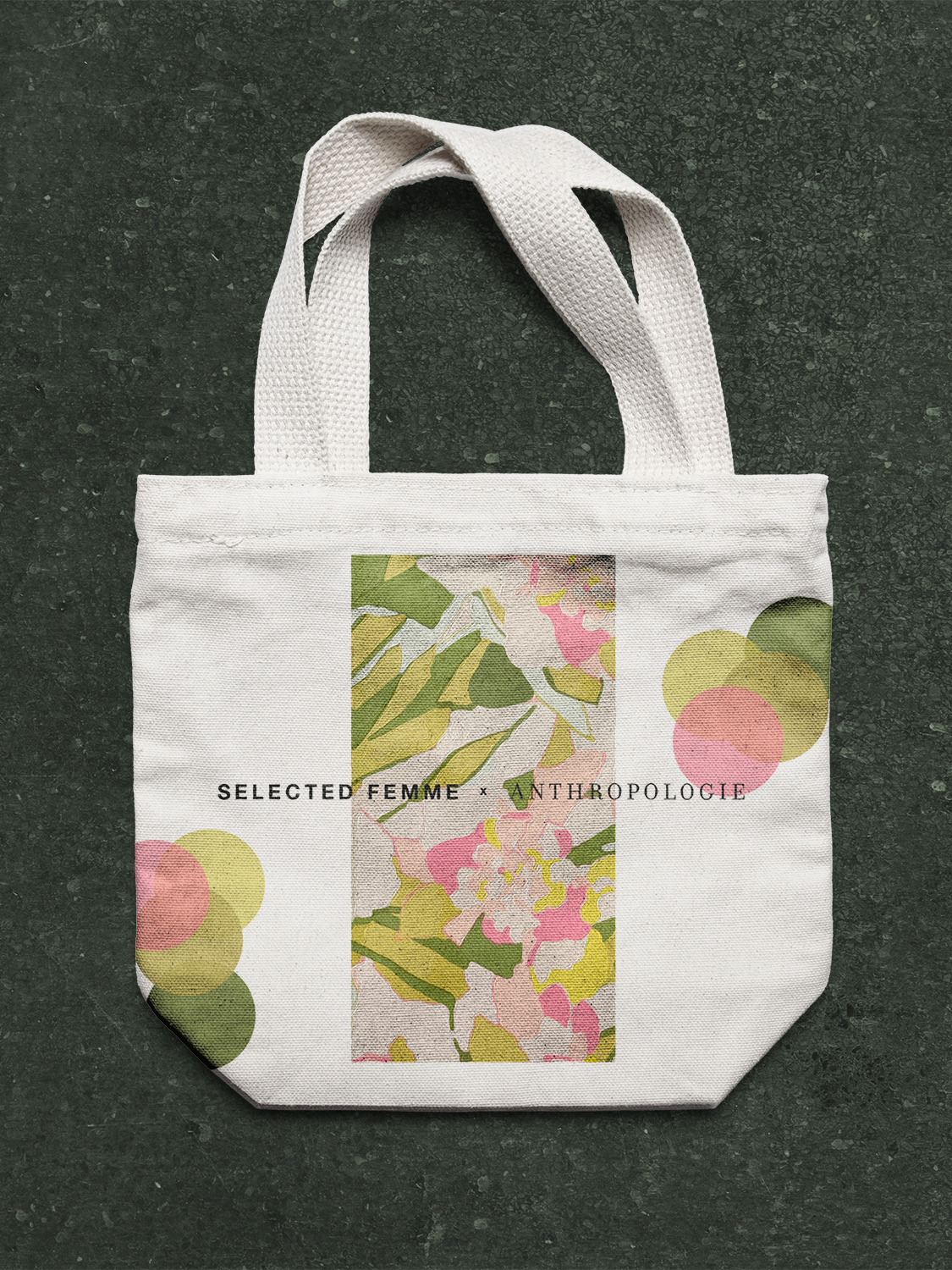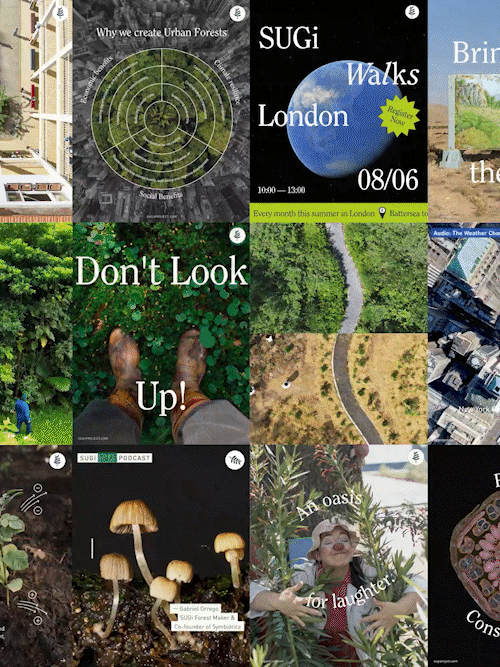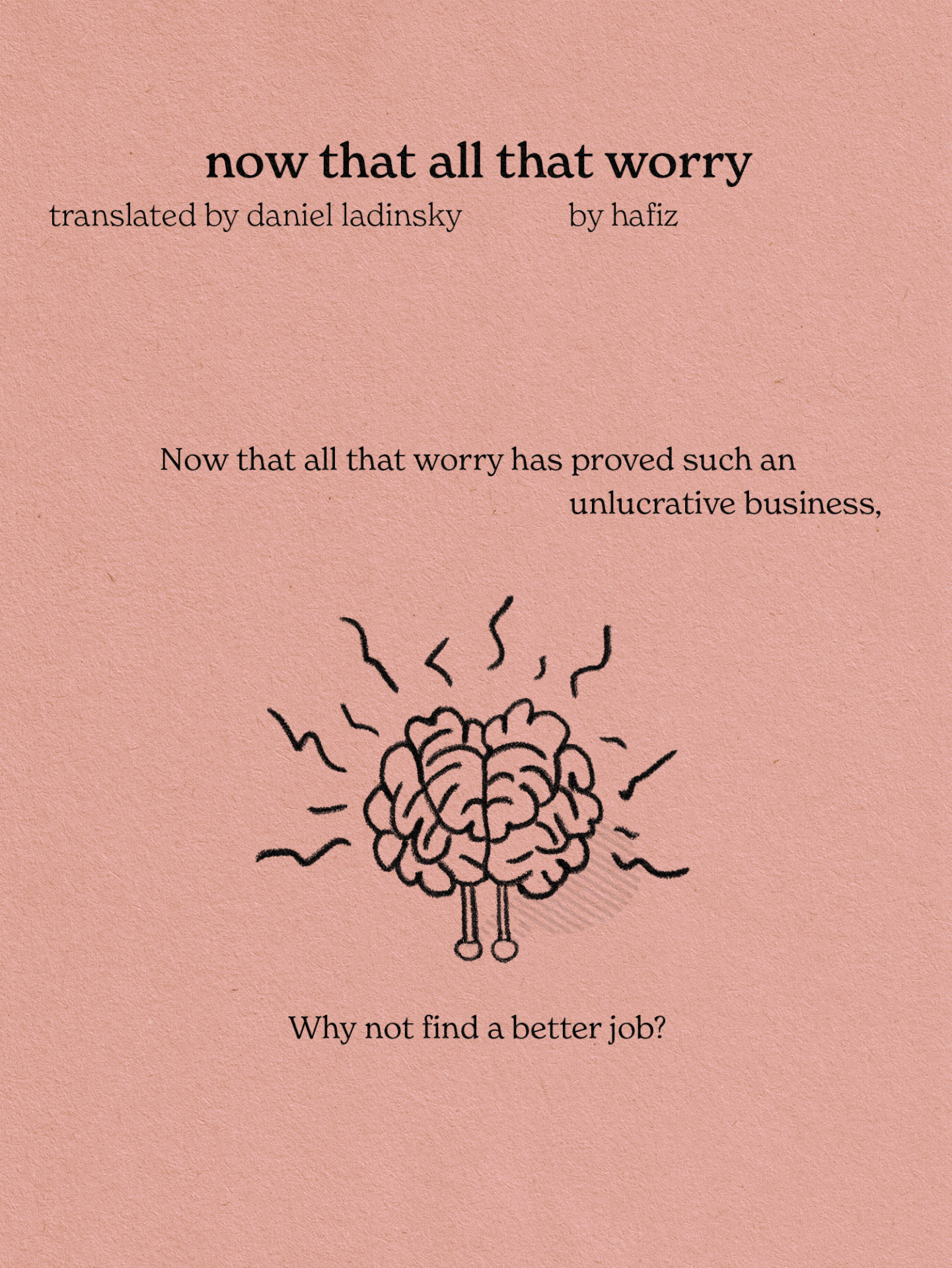BRIEF + CONTEXT
This project was developed for SUGi, an environmental organisation dedicated to planting pockets of biodiverse forests in urban settings worldwide. This Instagram carousel post was designed as an immersive, multi-sensory experience – a five-part video series that gradually builds up the layers of a thriving forest, not just visually but through sound.
The goal was to demonstrate how biodiversity is layered and interdependent, progressing from a single tree to a fully developed forest. The project needed to balance visual aesthetics with sound accuracy, ensuring an authentic, immersive experience while maintaining engagement for social media consumption.
RESEARCH + INITIAL STAGES
Every forest tells a different story, and to bring this one to life, I needed to start with the right setting. Since SUGi plants forests across the globe, we had a wide range of species to choose from. After careful research, the Brazilian forest palette stood out. Its rich variety of plant species – each forming a distinct layer – provided the perfect foundation for illustrating how biodiversity emerges.
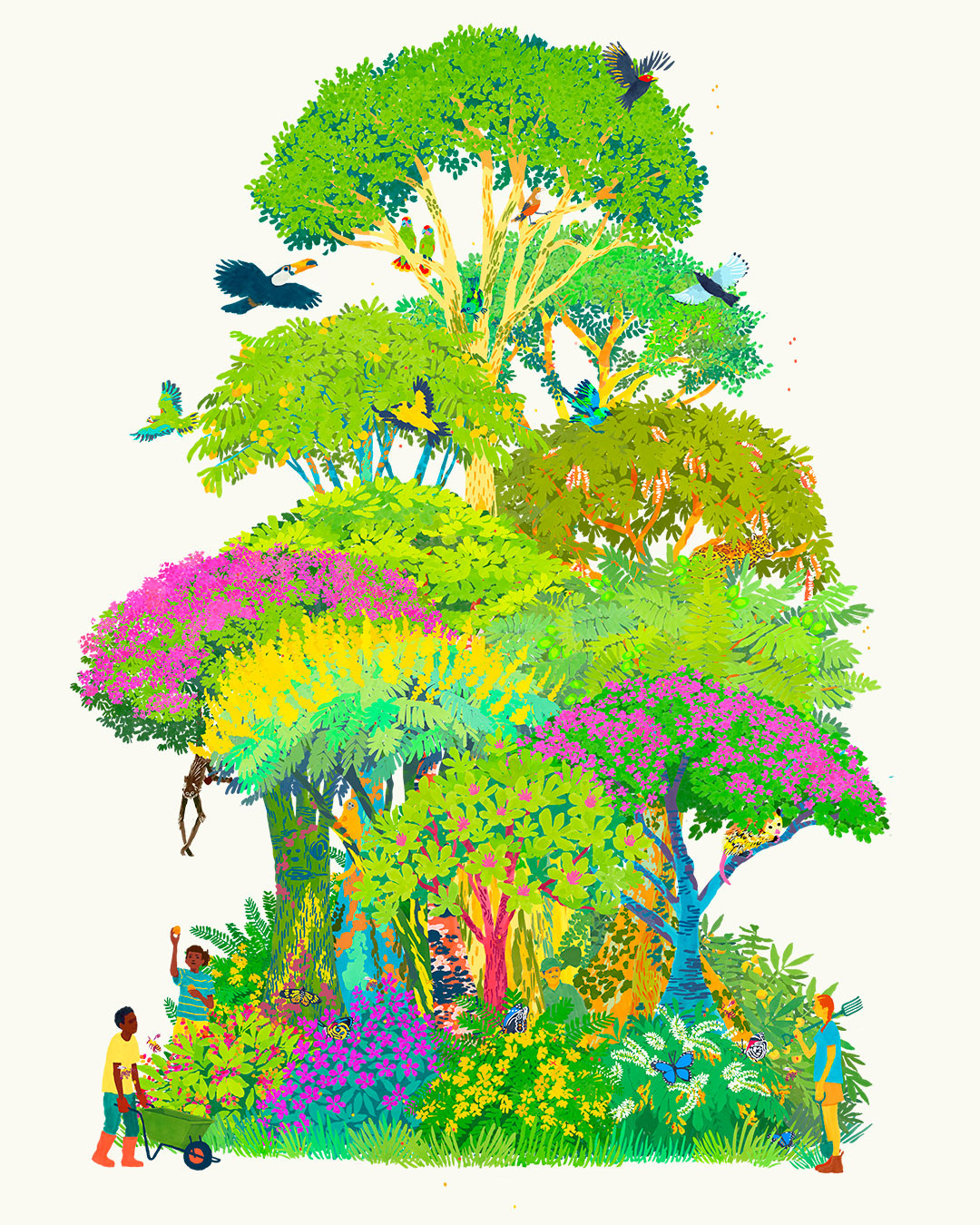
Brazilian Forest illustration palette
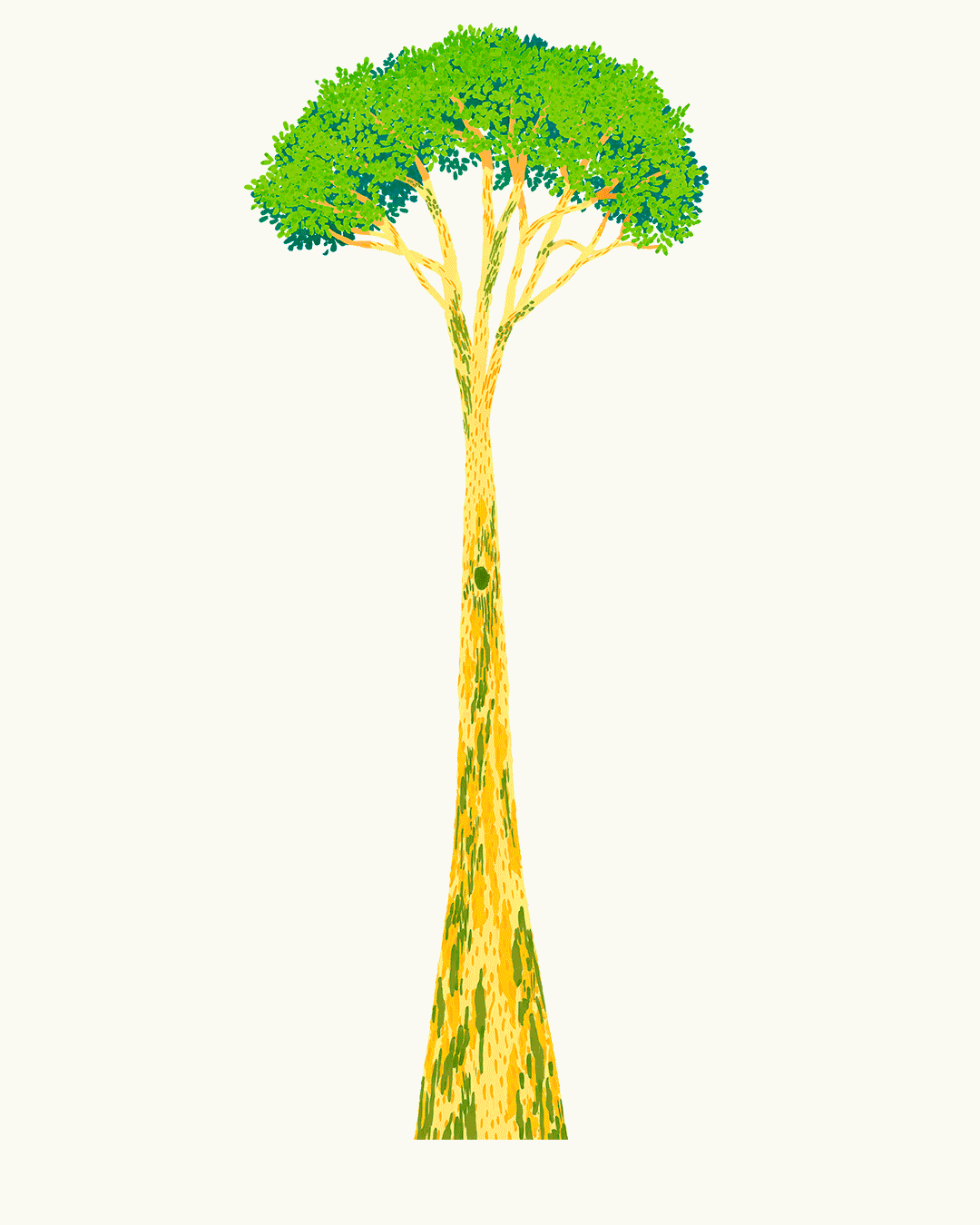
The layering of the forest
With the visual direction in place, I turned my attention to sound. I studied native Brazilian wildlife, researching how different species interact within the ecosystem. The goal was to find authentic, royalty-free sounds that could be layered to recreate a dynamic, evolving soundscape. After careful selection, I curated 15 audio excerpts – each one a building block in the composition of our living forest.
AUDIO MIXING + ANIMATIONS
Each of the five videos progressively added a new layer of the forest, requiring consistent animation techniques and strategic audio mixing.
Video 1 – Single Tree (Minimal Biodiversity)
A lone tree, its leaves rustling gently in the wind. The absence of biodiversity is intentional – this is what a sparse landscape sounds like.
Audio: Light wind moving through leaves; no other sounds to emphasize isolation.
Visual: Subtle swaying animation of the tree, reinforcing stillness.
Visual: Subtle swaying animation of the tree, reinforcing stillness.
Video 1
Video 2 – Introduction of Shrubs
With the introduction of shrubs, life begins to emerge. Small creatures find shelter, and the first signs of biodiversity appear.
Audio: Added insect noises (bees, cicadas) at low frequency to simulate early biodiversity.
Visual: Small movements introduced in shrubs and insects; loopable animation to ensure seamless playback.
Video 2
Video 3 – Addition of Sub-Trees & Wildlife
As the forest grows, so does the wildlife. Small trees invite more wildlife – monkeys swing through the branches, birds call to one another, and the undergrowth stirs with unseen activity.
Audio: Layered in monkey calls, bird sounds, and light rustling of leaves to represent small mammals moving.
Visual: Sub-trees animated with a gentle sway, while monkeys were given a slight swinging motion to reflect their movement.
Video 3
Video 4 – Formation of the Forest Canopy
Tall trees now stand among the others, creating a dense, layered ecosystem. The soundscape grows richer, each new sound blending into an intricate harmony.
Audio: Added overlapping bird calls and stronger environmental ambiance.
Visual: More complex tree animations; birds remained largely static to avoid excessive movement clutter.
Visual: More complex tree animations; birds remained largely static to avoid excessive movement clutter.
Video 4
Video 5 – Human Interaction with the Forest
A biodiverse forest isn’t just home to wildlife – it’s a sanctuary for people. In the final stage, we introduce human presence: people caring for the trees, children playing, and families exploring nature.
Audio: Integrated human sounds such as laughter, footsteps, and distant conversations. Volume was balanced so natural sounds remained dominant.
Visual: People were added as still elements to maintain focus on the forest’s organic movement rather than human movement.
Visual: People were added as still elements to maintain focus on the forest’s organic movement rather than human movement.
Title Layout
FINAL DESIGN
The series was uploaded to Instagram. Compared to other SUGi posts, this project saw a higher engagement rate and broader reach, proving that immersive storytelling – especially when engaging multiple senses – can be a powerful tool for awareness.
CONCLUSION
This project showcased how motion design, sound layering, and structured animation techniques can be used to effectively communicate ecological concepts. It helped me sharpen my audio mixing and animation skills. By focusing on technical accuracy, seamless integration of assets, and clear storytelling, The Sound of Diverse Forests provided an engaging and educational experience that resonated with audiences.
